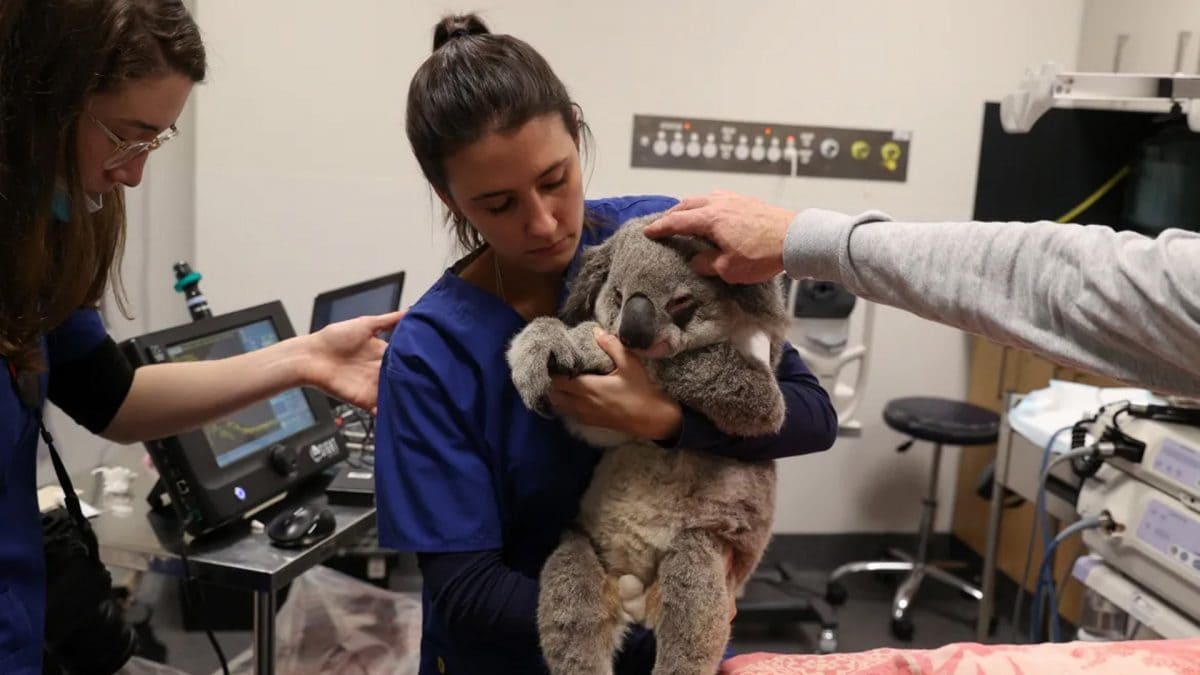
Researchers are developing an ambitious AI system aimed at bridging the communication gap between humans and animals. The Earth Species Project, a non-profit organisation, has unveiled NatureLM, an artificial intelligence model designed to decode animal communication. This breakthrough could revolutionise how humans interact with the animal kingdom, offering new insights into behaviour and potentially reshaping how society views animal rights.
NatureLM is already capable of identifying the species of the animal “speaking,” along with other contextual details like the animal’s age or whether it is signalling distress or play. Impressively, the system has also shown promise in deciphering communication patterns of species it hasn’t encountered before. By training on a mix of human language, environmental sounds, and other data, the AI model aims to unlock the mysteries of animal communication, bringing humans closer to understanding the natural world.
The Earth Species Project believes the current biodiversity crisis underscores the need to reconnect with the natural world. Its CEO, Katie Zacarian, explained during a demo of NatureLM at the Axios AI+ Summit that decoding animal communication could bridge this gap. According to Zacarian, AI offers a pathway to understanding animals on a deeper level, fostering greater empathy and connection.
NatureLM isn’t alone in this mission. Generative AI, known for its prowess in translating between human languages, is being leveraged to translate the “languages” of animals. From distinguishing between bird songs and alarm calls to recognising that some species use unique identifiers for one another, researchers are making strides. For instance, prairie dogs have been found to use a mix of nouns and adjectives to describe predators, showcasing a complex communication system.
Translating animal communication presents unique challenges, as it involves deciphering largely unknown “languages.” Unlike human translation, where both source and target languages are understood, animal communication remains a puzzle with only partial clues. However, researchers are hopeful, as AI models like NatureLM continue to demonstrate their ability to identify patterns and meanings in previously uncharted areas of animal dialogue.
NatureLM is part of a broader movement to leverage AI for addressing environmental challenges. Microsoft, for instance, recently unveiled SPARROW, an AI system designed to measure biodiversity in remote regions using solar-powered sensors and acoustic monitors. These advancements highlight AI’s potential to tackle pressing issues like climate change and habitat loss.
However, as promising as these developments are, the energy-intensive nature of AI systems has raised concerns. Tech companies are grappling with the challenge of achieving carbon neutrality while advancing such projects. Ethical questions surrounding the responsible use of AI remain critical, as researchers work to ensure that progress benefits both humans and the planet.
With efforts like NatureLM, the dream of communicating with animals is edging closer to reality, potentially transforming humanity’s relationship with the natural world.
is on YouTube
Copyright @ 2024. Firstpost – All Rights Reserved
